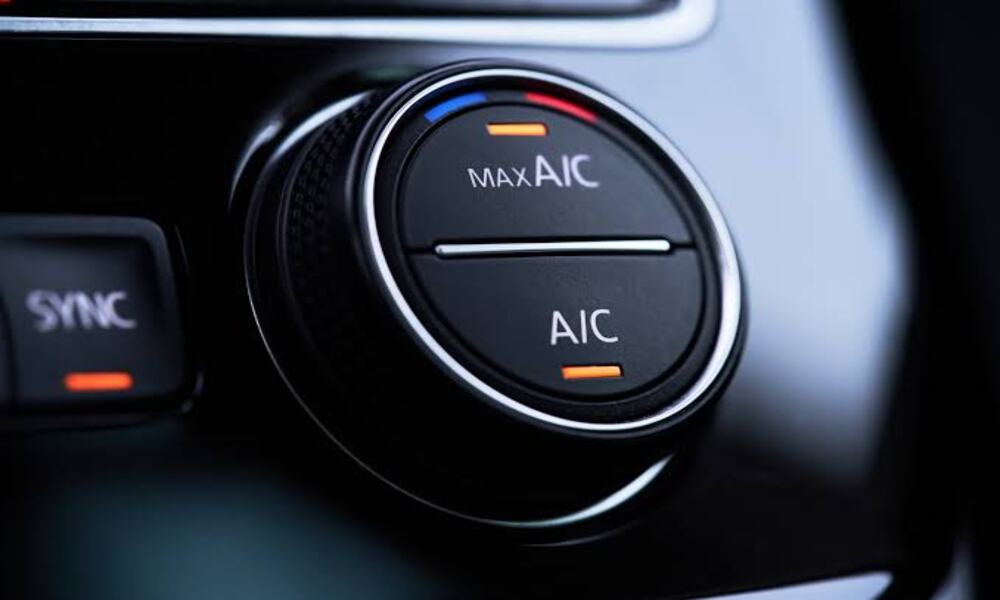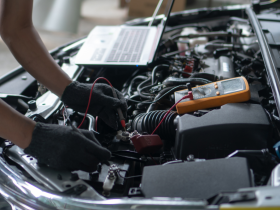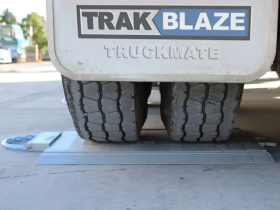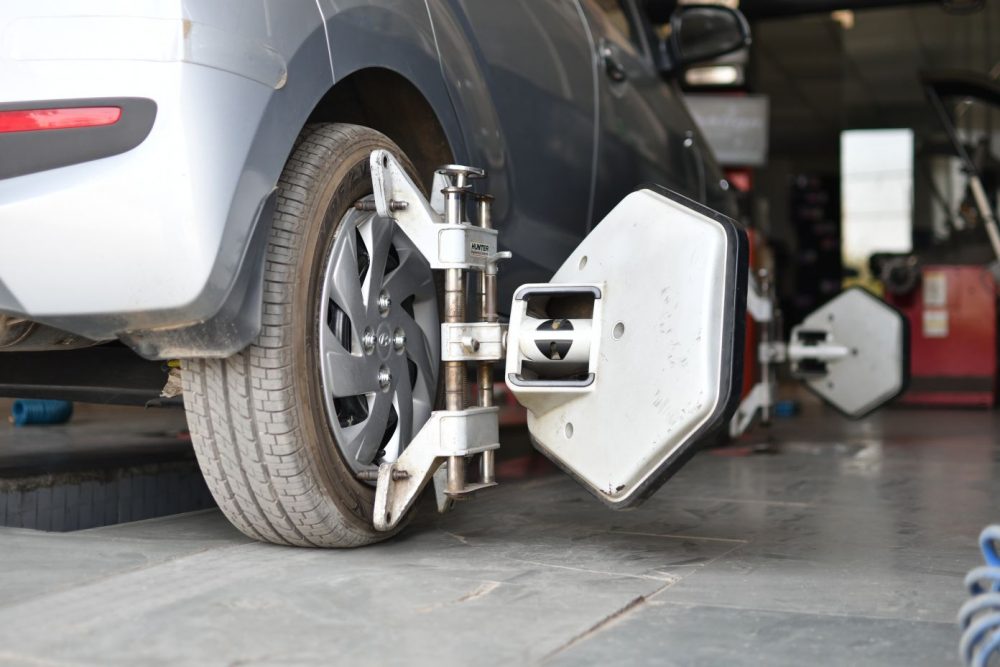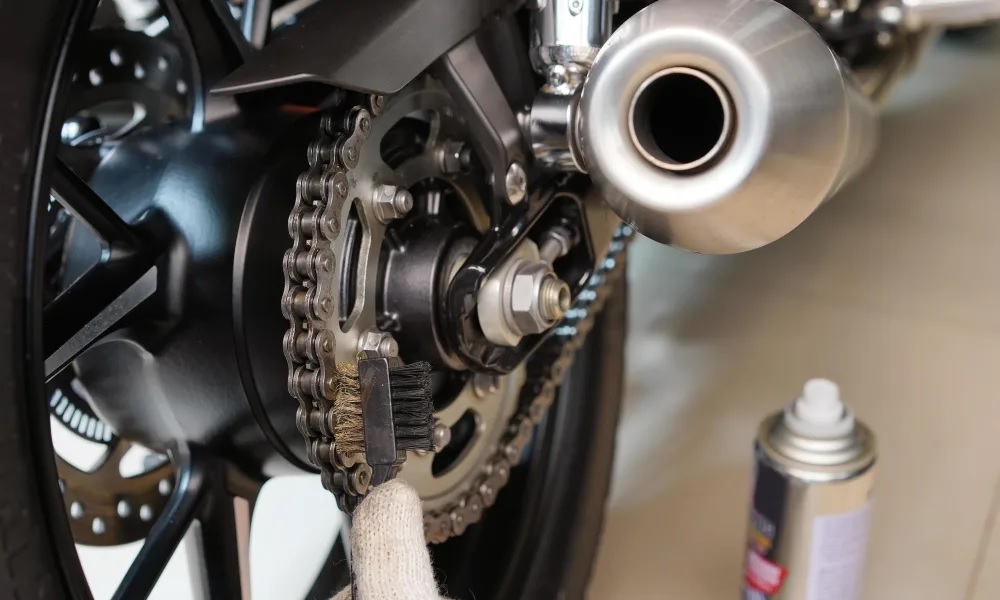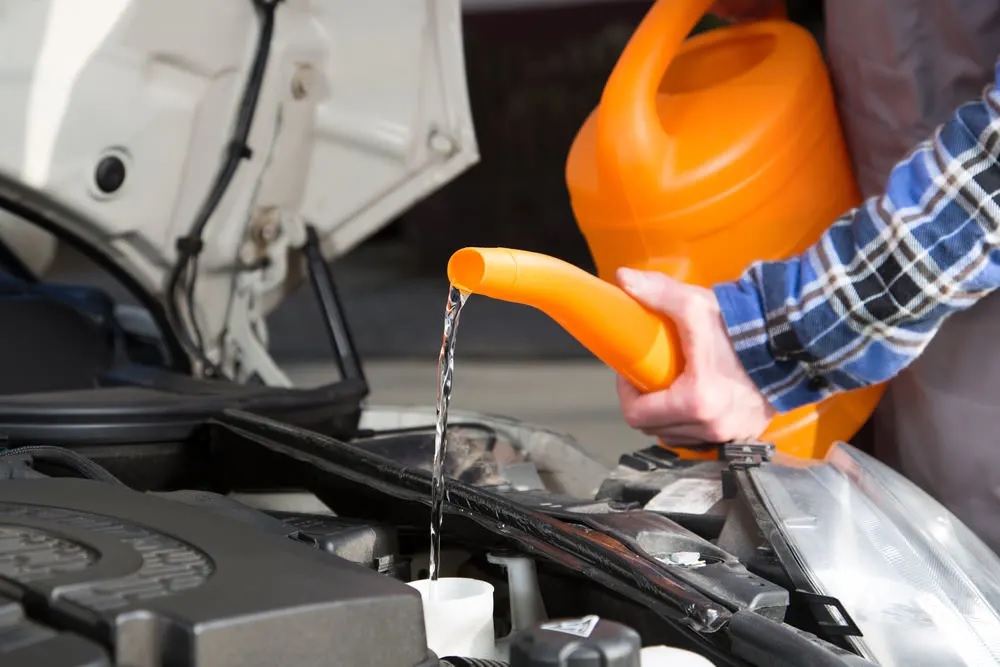Maintenance is an essential part of keeping any equipment or machinery running smoothly. However, over-maintenance can be just as detrimental as neglecting maintenance altogether.
The Cost of Over-maintenance
Over-maintenance can result in unnecessary costs, both in terms of time and money. For example, replacing parts that are still in good condition or conducting maintenance checks more frequently than necessary can add up quickly. These costs can eat into the profits of businesses or result in significant expenses for individuals.
Moreover, over-maintenance can lead to the premature failure of equipment. For instance, replacing a part before it has reached the end of its useful life can cause other components to wear out faster, leading to more frequent maintenance and replacement costs. This cycle of over-maintenance can be costly and time-consuming, resulting in lower efficiency and productivity.
What Causes Over-maintenance?

There are several reasons why over-maintenance can occur. One common cause is the lack of proper maintenance planning. Without a clear understanding of the maintenance needs of equipment, it is easy to fall into the trap of conducting maintenance too frequently or replacing parts unnecessarily.
Another reason is the fear of equipment failure. Many businesses and individuals believe that conducting more maintenance than necessary will prevent equipment failure and downtime. However, this approach can be counterproductive and lead to increased costs and lower efficiency.
How to Avoid Over-maintenance
To avoid over-maintenance, it is crucial to have a clear understanding of the maintenance needs of equipment. This can be achieved by conducting regular inspections and following the manufacturer’s recommendations for maintenance intervals and replacement parts.
It is also essential to avoid the trap of conducting maintenance out of fear of failure. Instead, focus on a proactive approach that involves regular inspections and preventative maintenance to identify potential issues before they become major problems.
Finally, it is crucial to track maintenance activities and costs to identify trends and areas where over-maintenance is occurring. By doing so, businesses and individuals can make informed decisions about when maintenance is necessary and avoid unnecessary costs.
Conclusion
Over-maintenance may seem like a harmless practice, but it can be just as detrimental as neglecting maintenance altogether. By understanding the implications of over-maintenance and taking a proactive approach to maintenance planning, businesses and individuals can avoid unnecessary costs and keep their equipment running smoothly.


